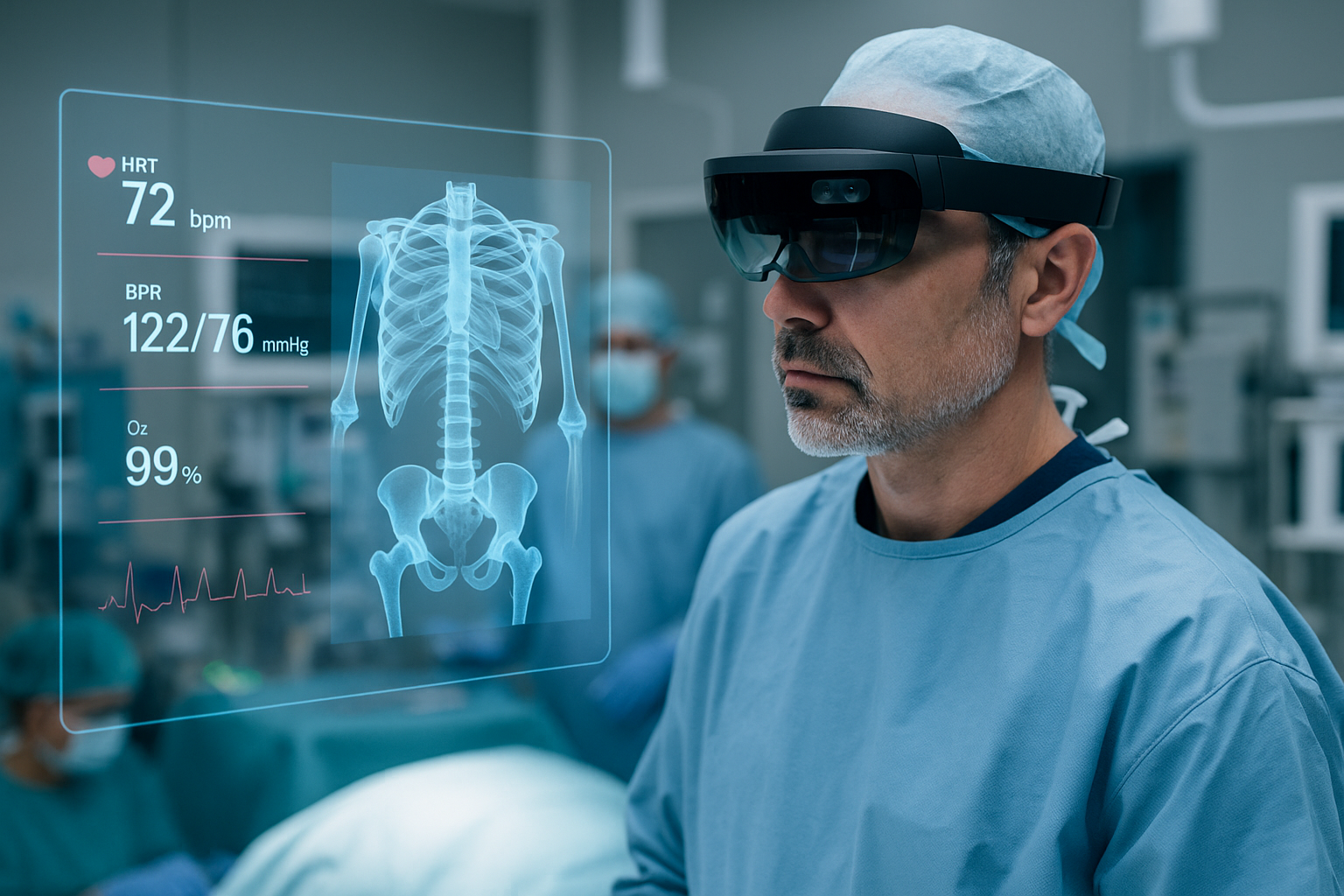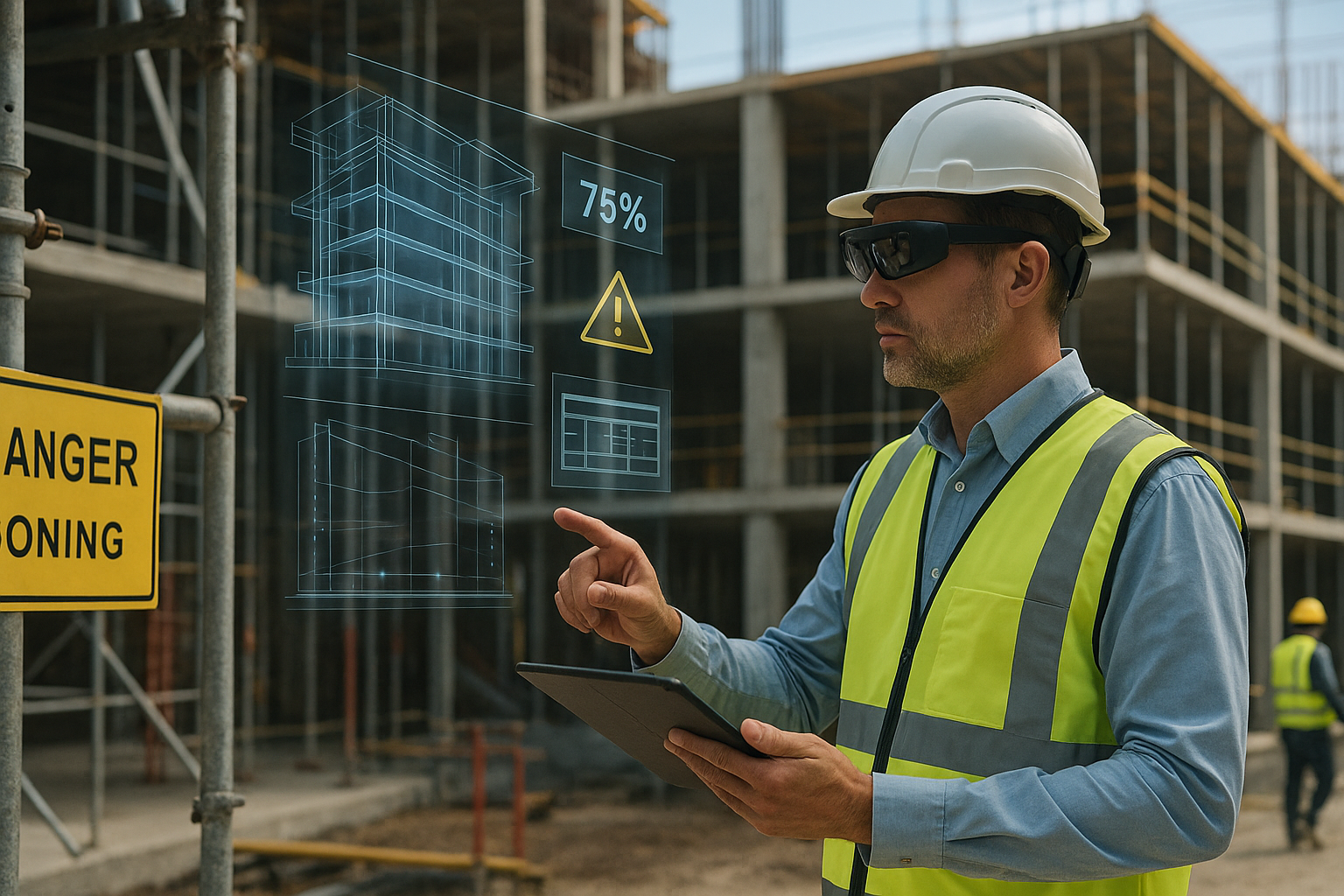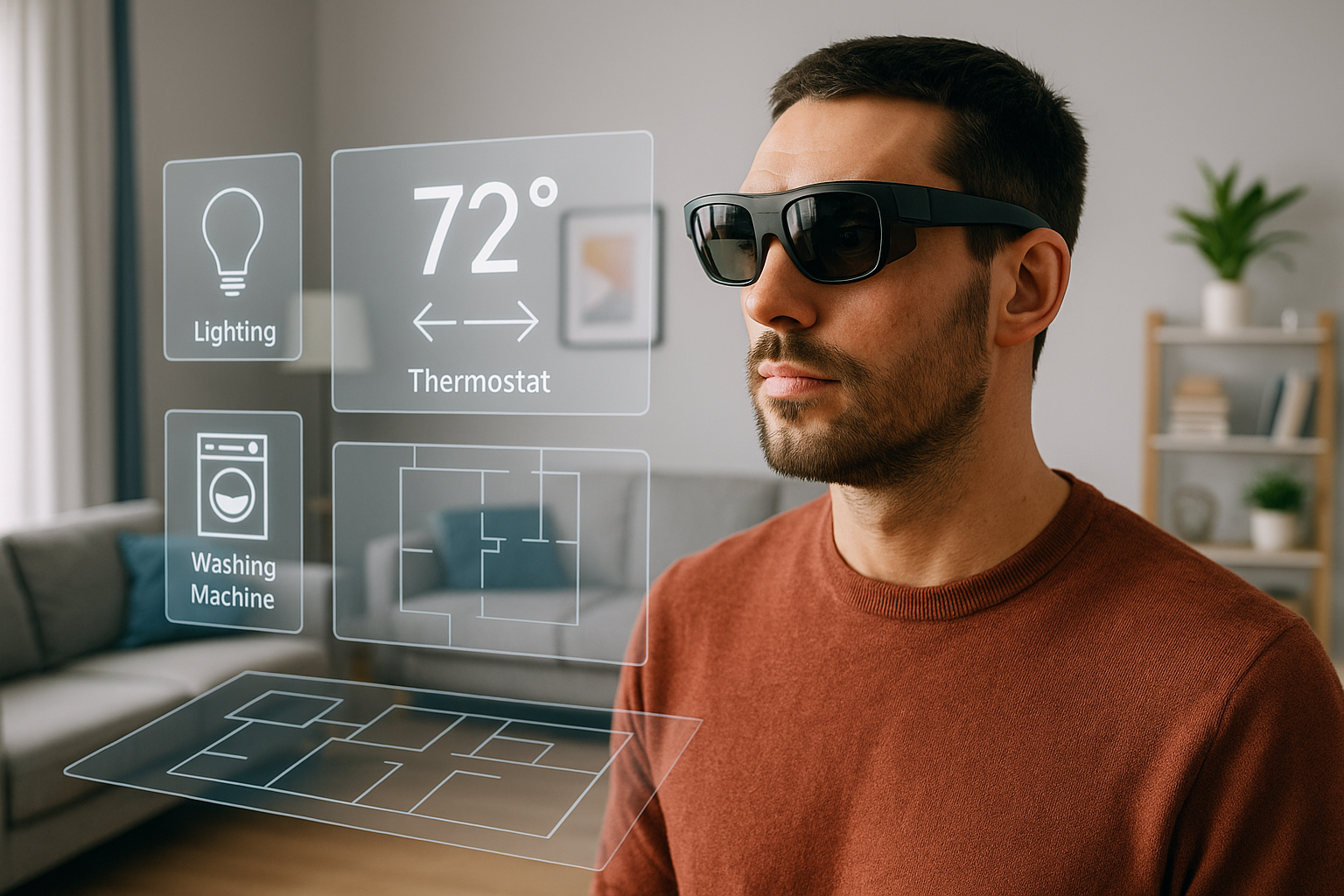What’s new in AR this month? In August 2025, global medical conferences and startups unveiled new AR surgical navigation systems capable of 3D organ mapping and live collaboration between operating rooms thousands of miles apart. Remote hospitals in Asia and Africa also began deploying lightweight AR glasses to assist visiting surgeons and enable telepresence-based diagnostics, signaling a new chapter for augmented reality in critical care delivery.
Why AR Matters in Modern Healthcare
Augmented reality has transitioned from novelty to necessity in the medical field. As precision, time, and collaboration become critical in surgery and emergency response, AR bridges the gap between expertise and immediacy. With its ability to overlay digital information in real-time within physical environments, AR enhances every step of the surgical workflow—from planning to execution to post-op training.
How AR is Being Used in Surgery
1. Pre-Surgical Visualization
AR enables surgeons to pre-visualize complex anatomical structures based on CT or MRI data. With AR, the surgical team can map out vascular pathways, tumor boundaries, and safe incision zones—reducing surgical surprises and boosting accuracy.
2. Intraoperative Guidance
During surgery, AR headsets can project 3D holographic overlays of patient anatomy directly onto the body. This allows for precise instrument navigation, especially in neurosurgery, orthopedic procedures, and delicate microsurgeries. Instead of relying solely on 2D monitors, surgeons can work with floating, patient-specific models visible in real-time.
3. Robotic Surgery Integration
AR interfaces are now being integrated into robotic-assisted surgical platforms. Surgeons controlling robotic arms can see real-time tissue depth, nerve maps, and tool position—all superimposed within their headset view. This reduces risks of accidental damage and shortens operating time.
AR in Remote Healthcare and Telemedicine
The rise of global healthcare inequality and workforce shortages makes AR a game-changing tool for remote diagnostics and procedures.
1. Remote Surgical Collaboration
Surgeons in remote or underserved locations can now receive real-time visual assistance from experts across the globe. Through AR glasses, mentors can see exactly what the local surgeon sees and annotate the field with holographic guidance—improving procedure quality and confidence.
2. Field Hospitals and Disaster Zones
In mobile trauma units or conflict areas, AR overlays assist first responders with triage protocols, vitals monitoring, and emergency procedures. Medics wearing AR devices can be coached live by specialists back at central hospitals.
3. Rural Healthcare Empowerment
Rural clinics equipped with AR systems can connect with major medical centers. For example, local nurses examining a patient with an AR camera can receive instant overlay suggestions or flag abnormalities for remote physicians, streamlining the diagnosis path.
Benefits of AR in Surgery and Remote Care
- Higher Accuracy: Real-time 3D anatomical overlays reduce mistakes in navigation and increase surgical precision.
- Faster Decision-Making: AR data fusion shortens time between observation and action, especially in trauma cases.
- Reduced Training Time: AR simulations accelerate surgical education by offering realistic practice environments.
- Cost-Efficiency: Fewer errors and shorter surgeries reduce equipment and hospital stay costs.
- Scalable Expertise: Remote AR assistance extends expert knowledge to more locations without physical presence.
Case Studies and Real-World Examples
- Orthopedic Breakthrough: An orthopedic team in Germany used AR navigation to reduce hip replacement error rates by 23% compared to traditional methods.
- Tele-Surgery in Rural India: A hospital chain enabled neurosurgical guidance from New Delhi to a local clinic 900 km away using AR-assisted glasses and 5G connectivity.
- Veteran Rehabilitation: AR systems are also used in military hospitals to support limb prosthetic training and phantom limb therapy through interactive visual feedback.
Challenges and Ethical Considerations
Despite the promise, AR adoption in healthcare also raises challenges:
- Device Latency: Even minor lags in overlay accuracy can cause surgical misalignment.
- Data Security: Patient data streamed via AR systems must comply with HIPAA and local privacy regulations.
- Training Curve: Surgeons must adapt to mixed-reality environments—some experience cognitive overload.
- Cost Barrier: AR infrastructure and hardware are still costly for underfunded hospitals and rural settings.
What’s Next for AR in Medical Precision?
AI + AR Synergy
By combining real-time augmented reality with AI-powered diagnostics, surgical systems are evolving into decision-making assistants. AI can highlight abnormal tissue zones during a procedure, suggest next steps, or even monitor surgeon hand tremors.
Full-Body Simulation Models
Developers are working on holographic patient dummies for simulation-based surgery—allowing residents to practice high-risk procedures in virtual space with real-time physics feedback.
Global Medical Hubs
AR is set to become the bridge between global talent and local treatment. Expect regional centers to rely more on AR-assisted experts connected virtually to deliver surgeries and post-op guidance anywhere in the world.
Key Takeaways
- AR is not just enhancing medical visualization—it’s transforming how surgical teams collaborate, train, and execute procedures across the globe.
- Its role in remote healthcare will continue to grow, especially in the face of global doctor shortages and aging populations.
- The convergence of AR with AI, 5G, and robotic systems is driving a new era of medical precision—where visual clarity, speed, and collaboration define better outcomes.




